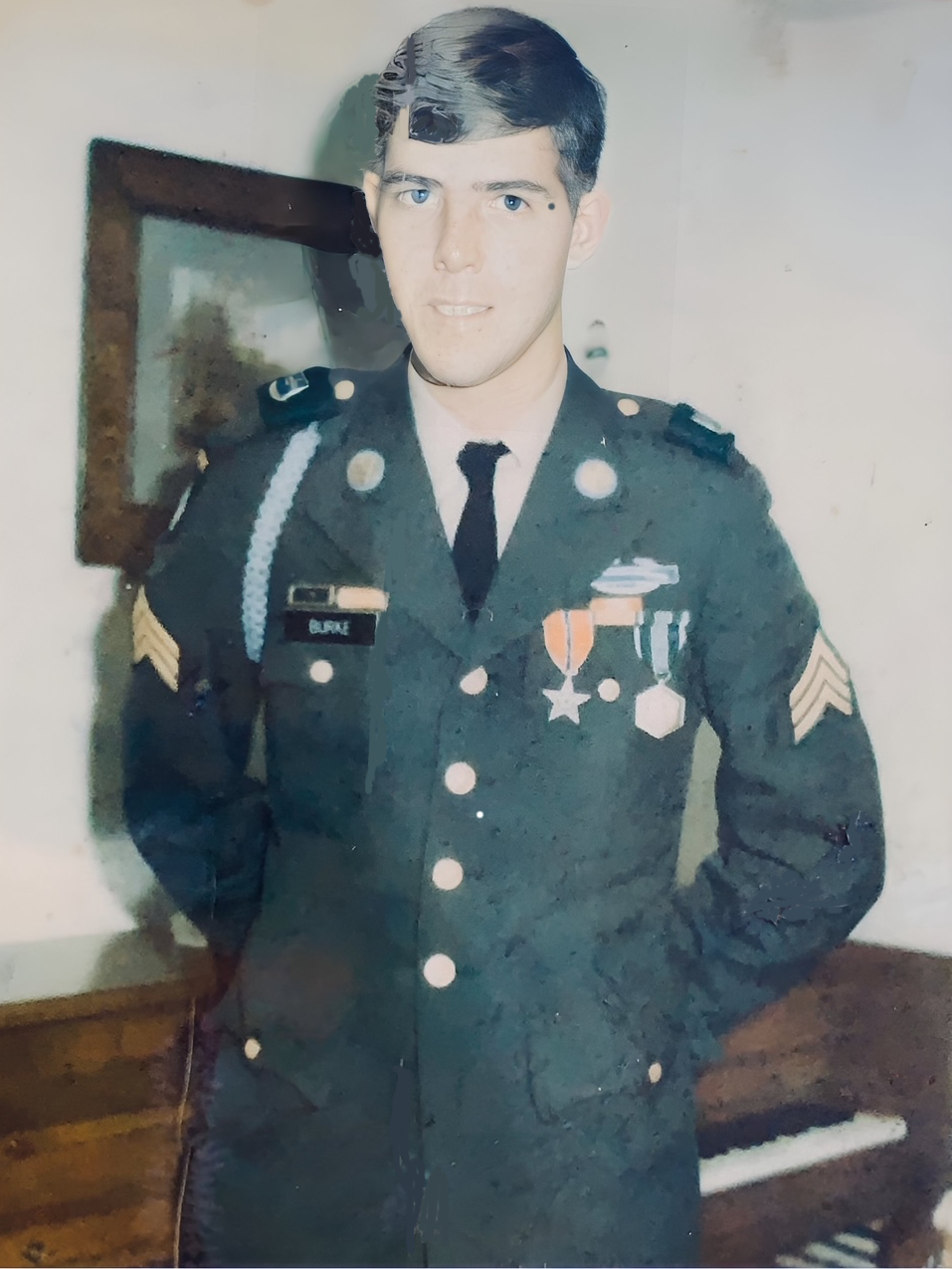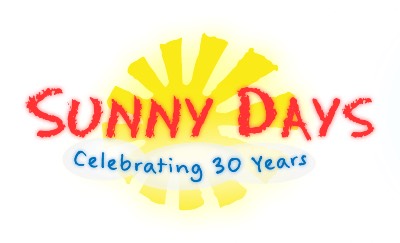From Soldier to ->





Answering the Call (1967-1969)
In 1967, as Vietnam’s conflict intensified, three friends from Immaculate High School answered the call to service. Bob chose the Marines, Greg entered ROTC, and I enlisted in the Army. Like many young men of our time, we believed preventing South Vietnam’s fall to communism was vital for stability in Asia. Though history would unfold differently, our sense of duty drove us forward despite the risks.
My journey began at Fort Knox in August 1967, then led to Tigerland in Louisiana for infantry training. As the Tet Offensive erupted in January 1968, I found myself on a commercial flight to Vietnam. Our landing at Tan Son Nhut Air Base came under the cover of darkness – and under rocket attack. The next day, I reported to the 101st Airborne near Hue, where Echo Company became my home for the next year.
That April, we endured intense combat, including a siege by North Vietnamese forces that brought constant air support and naval fire from the USS New Jersey. The hardest moment came through a letter from my father – my friend Bob had been killed just 20 miles from where I read those words. When February ’69 finally arrived, I boarded a jet to San Francisco, where I made my first call home to Mom in a year.
From Battlefield to Classroom (1969-1981)
Post-war life began at Fordham University, where I sat front row, hanging on every professor’s word. It was worlds away from the jungle, and I treasured each moment. Yet the war lingered – one afternoon, a bus backfire sent me flat to the floor in the Lincoln Tunnel, startling fellow passengers. Still, I pressed on, graduating cum laude in three and a half years with degrees in English and Philosophy.
The pivot to my life’s work came unexpectedly in 1977, when my sister mentioned a special education program in Paterson. Upon graduation from Fordham, I had gained admission to Prudential’s computer class and worked as a programmer there from 1973 to September 1977. What began as volunteer work with individuals with disabilities led me away from my programming career at Prudential and into special education. Working at Murray House and Wayne House, pioneering group homes in New Jersey, I found a new purpose. During this time, I met Mary, who would become my wife. The journey culminated in pursuing speech therapy at Montclair State, where I could blend my philosophical interest in how we know what we know with a deep desire to help others find their voice.
In 1981, I graduated from Montclair State College with a Master’s in Communication Science, setting the foundation for my career as a speech-language pathologist.
The Early Years of Practice (1981-1987)
In April 1981, I began work at Christ Hospital Home Health, where I encountered a rich variety of patients – from stroke survivors to children with developmental disorders, MS patients, and many others. One of the unique aspects of working in Jersey City was the diversity of patient populations I served – Irish families in the Heights, Hispanic communities in Union City, Muslim residents downtown, and African American neighborhoods throughout the city. These varied cultural encounters and diverse cases contributed immeasurably to my growth as a speech-language pathologist.
It’s during this time I met Mary Solares and introduced a computer-based augmentative device that was developed from scratch with the help of my father. Read Mary’s Story of communication triumph here to discover how technology transformed her ability to communicate.
After the birth of my first child, we moved further from Jersey City to Oak Ridge, NJ. I began working at Welkind Rehabilitation Hospital in Chester – a wonderful rehabilitation center where I treated patients with strokes, head trauma, MS, Alzheimer’s, and various genetic conditions. Working alongside physical therapists, occupational therapists, recreational therapists, social workers, psychologists, and physicians taught me the invaluable lesson of a team approach to rehabilitation.
Pioneering Technology in Rehabilitation (1983-1987)
A little over two years into my time at Welkind, my background in programming and interest in home computing led to a significant opportunity. I was appointed Director of the first Computer Assisted Rehabilitation Department in New Jersey. My role was to integrate computer technology into the rehabilitation process – adapting newly created games like golf and card games for recreational therapy, writing software for early touchpads to assist with communication, and collaborating with United Cerebral Palsy of Trenton, Bell Labs, and colleges to initiate a CAD engineering program.
Expanding Horizons (1987-2002)
In 1987, when Welkind was sold, I decided to move on, dividing my professional time between providing therapy for residents in Livingston ARC group homes and returning to Christ Hospital Home Health in Jersey City.
Again, I worked with an incredibly diverse patient population. I remember one particularly striking day when my back-to-back appointments involved helping a 6-month-old with swallowing issues, followed immediately by therapy for a 95-year-old stroke survivor. As the years progressed into the late 1990s, I found myself working increasingly with younger children between 18 months and 3 years of age.
The Early Intervention Years (2002-2008)
In 2002, I left Jersey City to work for Sunny Days Early Intervention, focusing on the immediate area around my home in Hillsborough. There, I worked with children with Autism Spectrum Disorder (ASD), Down syndrome, and a range of articulation and language disorders. Once again, I embraced the team approach, collaborating with occupational therapists, physical therapists, nurses, social workers, physicians, and ABA therapists. Drawing on my computer and music knowledge, I frequently integrated both into my therapeutic techniques.
Early Intervention proved especially joyful work – the dramatic difference our team of therapists could sometimes make in a child’s life was profoundly rewarding.
Reflections on a Career Spanning the Life Spectrum
Working with such a broad range of populations – from 6-month-old infants to nonagenarians – has provided me with a unique perspective on speech and language disorders and how they affect individuals throughout the life spectrum.
SpeechTherapy.org
In 1996, while visiting my computer store to have a hard drive fixed, I found myself waiting at the counter for nearly 30 minutes. When the owner finally approached, he apologized, explaining he had been on the phone with someone ordering domain names. Intrigued, I asked, “What’s a domain name?” That simple question led to the purchase SpeechTherapy.org – a digital extension of my commitment to the field that has defined my professional life.
